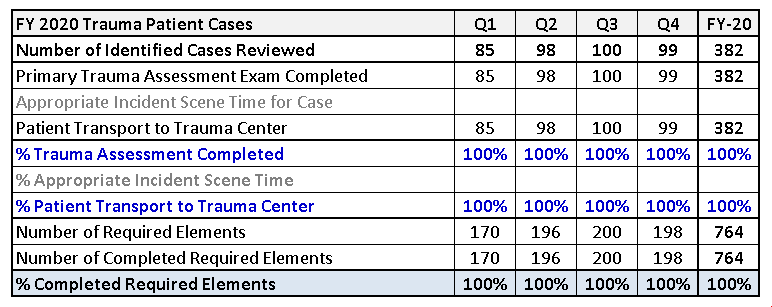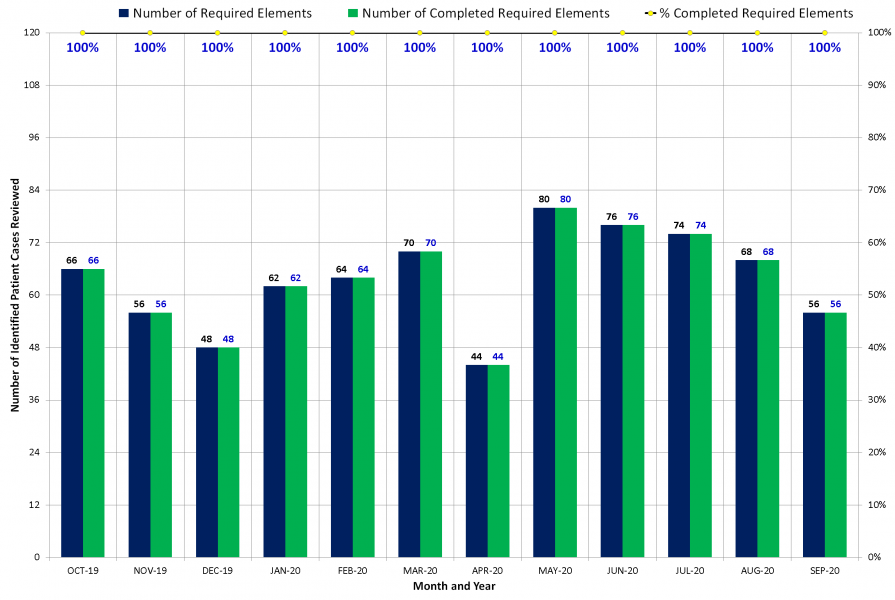According to the Centers for Disease Control and Prevention (CDC), unintentional injury is the third leading cause of death in the United States (please click here to visit the CDC’s Injury Prevention and Control data and statistics webpage). For patients from 1 to 44 years of age, it is the leading cause of death (please click here to view the 10 Leading Causes of Death by Age Group). Injuries can be caused by blunt force and/or penetrating trauma to the head, neck, body and extremities. When these injuries are life threatening, evaluation and treatment by a Trauma Center significantly contributes to patient survival. Four factors determine if a patient injury requires Trauma Center evaluation and treatment. According to the American College of Surgeons (ACS), these include: (1) patient vital signs and level of consciousness, (2) anatomy of the patient injury, (3) mechanism of patient injury and evidence of high-energy impact and, (4) special patient or system considerations. A chart detailing guidelines for Trauma Center evaluation and treatment is shown below (please click here to view recommendations of the National Expert Panel on Field Triage guidelines for injured patients, published by the CDC).
To better evaluate the effectiveness of pre-hospital patient care provided to trauma patients by FEMS first responders and Paramedics, including if a patient injury required Trauma Center evaluation and treatment, the EMS Continuous Quality Improvement (CQI) office reviews patient cases treated and transported by FEMS personnel on a monthly basis. FEMS has established a goal of not less than 95% of patient cases reviewed indicating timely, appropriate and successful patient treatment. The FEMS KPI measure for this goal is the “percentage of patient cases reviewed indicating timely, appropriate and successful patient treatment.”
EMS CQI review focuses on two patient treatment elements for suspected trauma cases. These include: (1) if a primary trauma assessment exam was successfully completed for the patient and, (2) if the patient was transported to a Trauma Center hospital. Each of these elements contributes to effective patient treatment and must be completed by FEMS first responders and Paramedics when treating and transporting a suspected trauma patient.
The table below shows the number of suspected trauma cases reviewed by the EMS CQI office, the count of required patient treatment elements completed by FEMS personnel, the percentage of required patient treatment elements completed by FEMS personnel and the overall completion rate for all required elements (combined):

The chart below shows the total count of suspected trauma cases with individual counts of required patient treatment elements completed by FEMS personnel (by month):

The chart below shows the combined count of required patient treatment elements, with the combined counts and percentages of required patient treatment elements completed by FEMS personnel for suspected trauma cases (by month):

SEE ALSO:


